Today’s hospitality and travel industry has access to more marketing tools than ever. While having a strong brand with a high social media presence may sound great, you need to focus more on interactivity to be one step ahead of your competitors. For example, virtual reality videos let users fully immerse themselves in the hotel’s or resort’s experience as though they are already there. The following tips will help you create the perfect Virtual reality video for your business as well as gain insight into this innovative strategy.
What is a Virtual Reality Video?
Virtual Reality (VR) technology typically uses a virtual reality headset, which helps the user immerse in an interactive experience within a digital environment. The user can be placed in a virtual world through the use of sounds, images, physical sensations, and even interactions. There are now many businesses that are experimenting with virtual reality user interfaces as a replacement of traditional computers or mobile interfaces.
Why Use Virtual Reality Videos in The Hospitality and Travel Industry?
The travel and hospitality industry has been especially quick to realize the true potential of virtual reality technology, hence the reason it has adopted this tool for marketing purposes. Most customers who plan on traveling to a particular destination want to see what that place offers first. A VR video offers marketers an effective way to give their customers a taste of what they can expect.
For example, customers may want more information about the hotel they will stay at before booking. They can read the reviews of that hotel on social media sites and check out its website, however, a great deal of time can be saved by offering online users virtual reality videos to help them experience a digital version of the hotel rooms, its facilities, and the nearby attractions. This immersion tool allows the hotel and travel industry to provide their potential customers with a ‘try before you buy’ option before they make a booking.
What Virtual Reality Means to Marketers?
Virtual reality offers numerous unique features that let marketers monitor the user’s eye movements to find out the exact areas of the screen they are looking at and the areas they have chosen to interact with. This means marketers can create relevant ads that people want to interact with rather than click out of. When marketers use this tool correctly, it can maximize engagement, offering users more opportunities to interact with video content. You can find more information about virtual reality marketing in the article “5 Benefits of Virtual Reality Marketing for The Travel Industry”.
6 Tips to Create a Powerful Virtual Reality Video
Creating compelling and powerful content in the travel and hospitality industry is key to standing out in the competitive marketing world. To do it right, here are 6 tips that will help you create the perfect VR video:
1. Highlight Your VR Video’s Best Features
Once you have decided which resorts or hotels to feature in your virtual reality video, you can start on the production and content. Use the most attractive parts of your hotel, not just the property itself. For example, if the hotel is located in a scenic area, it would be a good idea to show off the property’s surroundings and create a story based on its location. By highlighting the resort’s other most sought-after features, such as a golf course, beaches, and spa treatments, you will surely entice your audience to make a booking.
2. Showcase Your Services Off-Site
Virtual reality is a great tool to showcase your services to potential customers without them having to visit your office or hotel. Your customers should be able to experience your services from the comfort of their own homes. Allow them to explore your hotel at any time of the day by enabling the customer to take a 360 video degree to walk through the hotel’s rooms and experience the facilities – all without leaving their home.
3. Create an Accessible Virtual Reality Video
While virtual reality content is best experienced with VR headsets, you can also use other tools to broaden your reach and deliver your message through 360-degree content. Make sure your VR video is also accessible on desktop computers, not just headsets, by using a platform to share content on YouTube and embedding the experience on your website before distributing it on a mobile browser. This will ensure success as you can reach a wider audience on mobile, desktop, and VR headsets.
4. Create Immersive Storytelling for an Interactive Experience
When working on your VR marketing strategy, remember that virtual reality isn’t just about conveying your brand’s message. It provides many exciting opportunities for you and your customers so it’s important to use this technology in your advantage and offer the user an immersive experience. For example, you can use this tool to tell a story about your brand through a strong narrative that takes the user on a journey within your virtual reality video. To make your story even more powerful, use interactive visual and audio features with an alternative ending that no else has thought of before.
5. Target International Customers
You shouldn’t just reach out to customers based close to your location or in your own country. Virtual reality allows creating content for a more widely located customer pool. Imagine how much your VR video will appeal to foreign customers worldwide if created in different languages. By providing virtual tours of your hotel or resort in the most common languages, long distance customers can experience your services before booking.
6. Use Social Media Sites
The most popular social media platforms, like YouTube and Facebook, support virtual reality video formats. Many tourism pages are launching on these sites with highly engaging videos. This is a great opportunity to reach millions by creating a VR video of your hotel or travel destination and posting it on such websites. Access to virtual reality videos is now easier than before thanks to technological advances. It’s not just luxury brands that have adopted virtual reality to market their services, smaller businesses are also catching up in the race. Using this marketing tool creatively will increase your social media engagement and generate more bookings.
7. Avoid Focusing on Details
When attempting to create the perfect virtual reality videos, it is important to understand how the technology differs from conventional video. One example of this is the level of attention given to small details and busy scenes. With high-definition and 4K content, details can be captured in excellent quality, enhancing the experience. However, with virtual reality, too much focus on details and creating busy scenes can detract from the viewing experience. With VR, less can sometimes be more, and it is best to try to capture less busy scenes and spend less time focusing on smaller details that do not translate well.
3 Examples of Virtual Reality Videos
Below you will find 3 examples of virtual reality videos; promoting a hotel, a travel destination, and a guided virtual reality tour through London.
#Virtual Reality Video 1: Virtual Reality Hotel Tour
#Virtual Reality Video 2: Virtual Reality Tour of Travel Destination
#Virtual Reality Video 3: A Virtual Reality Guided City Tour Through London
Metaverse in Travel & Hospitality
Virtual reality videos form a key part of the technology that helps to bring the metaverse to life. The metaverse is essentially the provision of a virtual environment, where meaningful interactions can occur, and it can be used within the travel industry for various purposes.
In the “Metaverse Travel: How the Metaverse Will Change the Travel Industry” article, you can learn how the metaverse can enhance the booking process and inspire travelers to select a destination.
Meanwhile, “How Can the Hotel Industry Take Advantage of the Metaverse?” outlines how hotels can use metaverse technology to boost the customer experience and deliver greater value.
There is no denying virtual reality’s powerful role in the hospitality industry. When this creative marketing tool is used correctly, it can offer meaningful and unique content that helps your brand stand out from the rest.
More Video Marketing Tips
Videos are a powerful marketing tool, especially for the hospitality and travel industry. After all, they can capture the audience’s attention much quicker than text or images. In the following articles, you will learn more about video marketing:
- How Virtual Reality is Transforming the Travel Industry
- VR Hotel Tour: 10 Amazing Examples of Virtual Reality Hotel Tours
- Tips to Create The Perfect Promotional Hotel Video
- Essential Video Marketing Tips for Hotels
- Reasons Why Every Hotel Should Have a Virtual Reality Video
More Tips to Grow Your Business
Revfine.com is the leading knowledge platform for the hospitality and travel industry. Professionals use our insights, strategies, and actionable tips to get inspired, optimize revenue, innovate processes, and improve customer experience.Explore expert advice on management, marketing, revenue management, operations, software, and technology in our dedicated Hotel, Hospitality, and Travel & Tourism categories.
This article is written by:
Hi, I am Martijn Barten, founder of Revfine.com. With 20 years of experience in the hospitality industry, I specialize in optimizing revenue by combining revenue management with marketing strategies. I have successfully developed, implemented, and managed revenue management and marketing strategies for individual properties and multi-property portfolios.

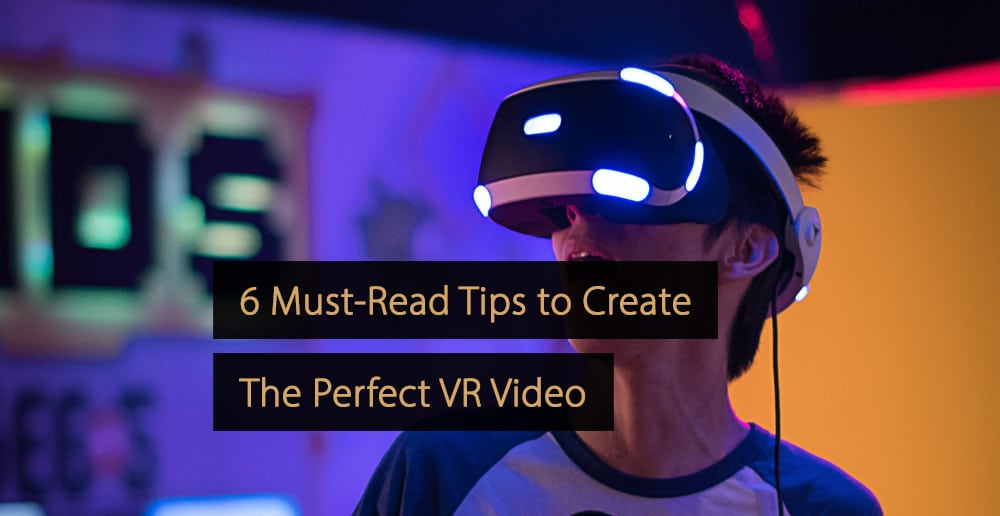


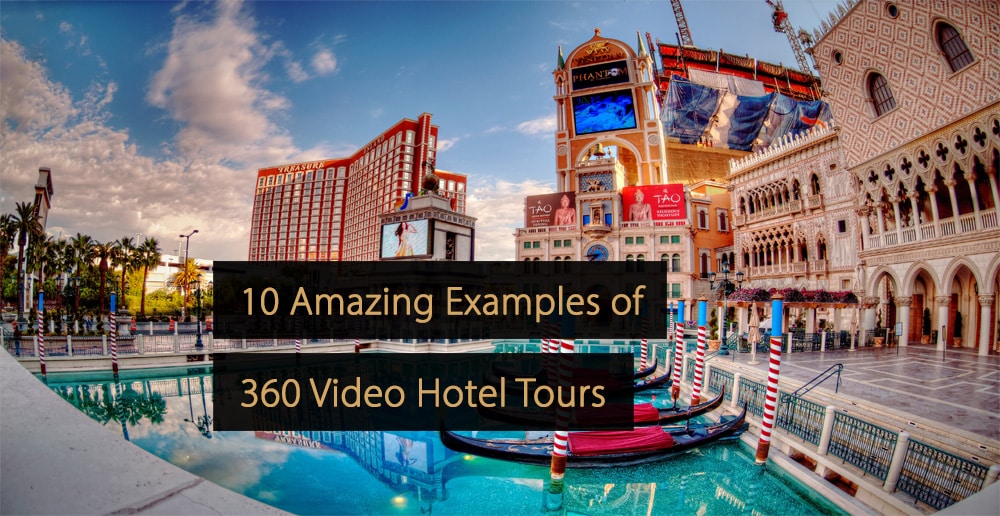
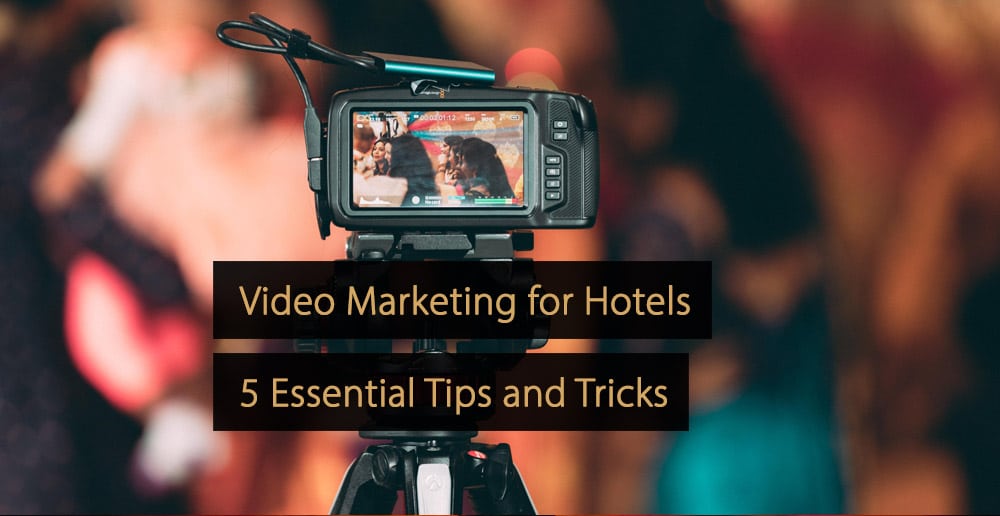
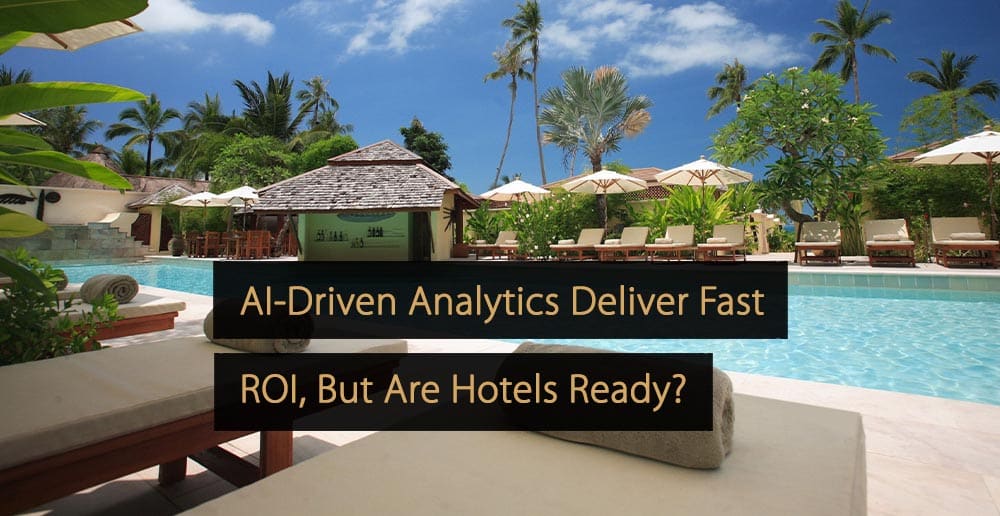
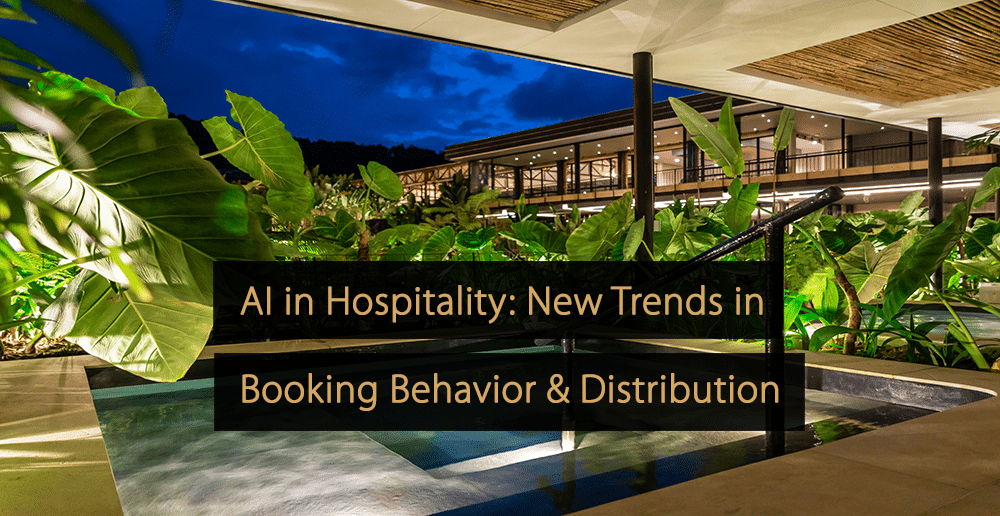
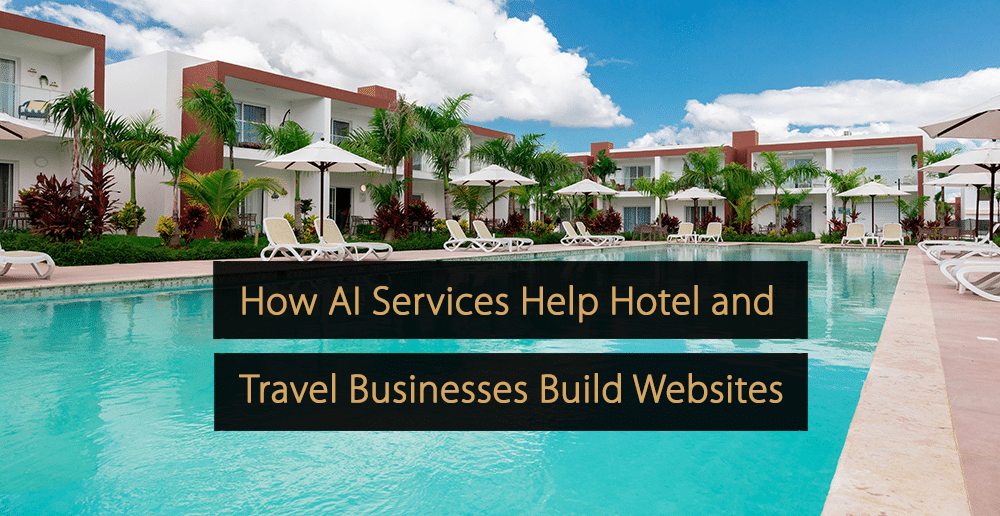
Leave A Comment